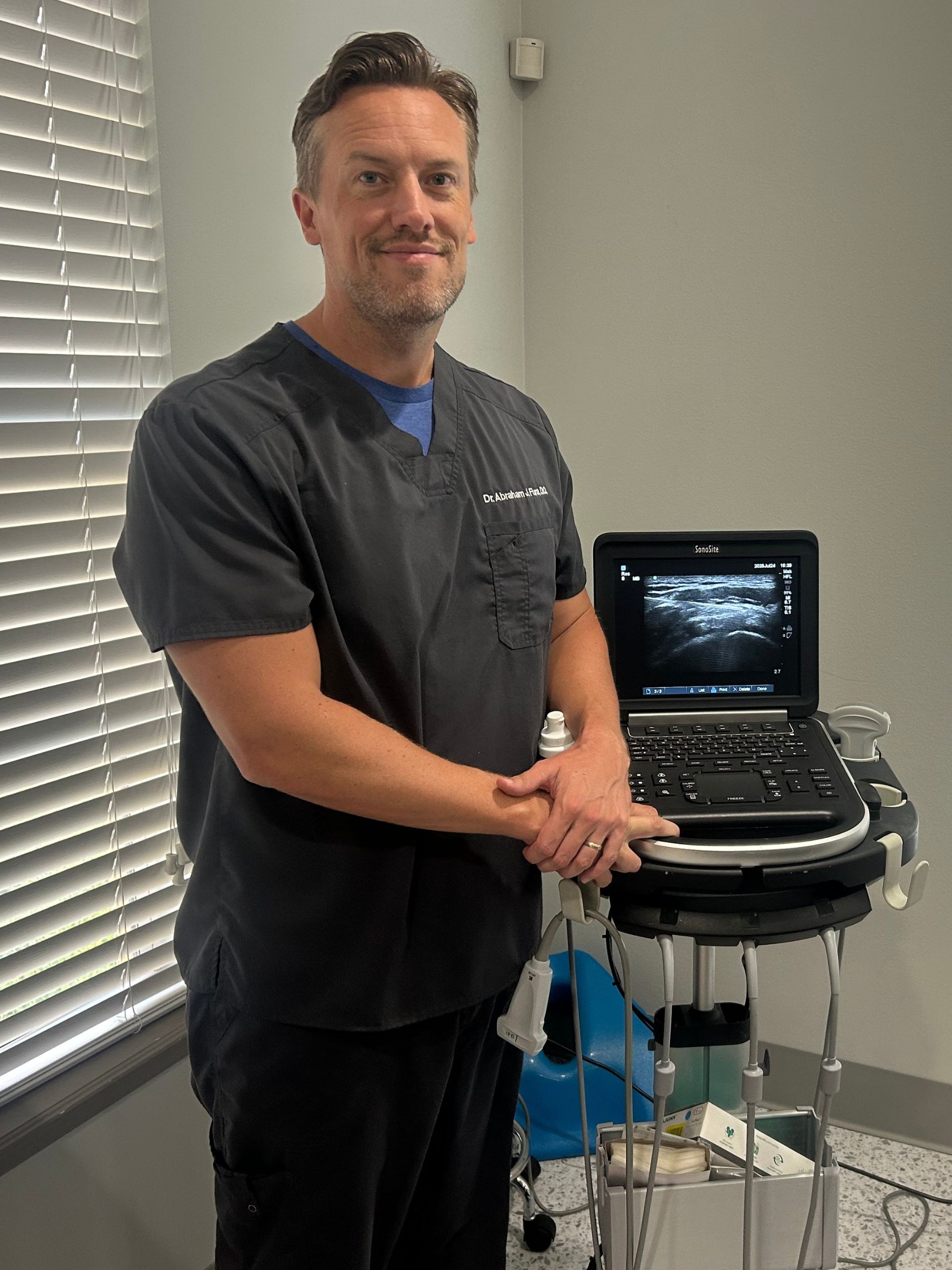
A PATH FORWARD
Post-Laminectomy Syndrome, also known as Failed Back Surgery Syndrome (FBSS), is a condition where chronic pain persists even after a spinal surgery like a laminectomy. It's important to understand that this is not a sign of a "failed" operation or a surgeon's error, but rather a complex syndrome indicating that the initial surgery did not resolve the underlying source of pain. For patients experiencing this, it can be incredibly frustrating. Our approach begins with a comprehensive re-evaluation to uncover the true cause of your persistent symptoms and develop a new, targeted strategy for relief.

UNDERLYING CAUSES
Spinal surgery addresses a specific anatomical problem, but pain itself is complex. Persistent pain can arise from the body's healing process, changes in spinal mechanics, or other unaddressed issues.
The body's healing process can create scar tissue around nerve roots. This fibrosis can bind to nerves, causing continued compression and pain.
If a spinal segment was fused, it can transfer extra stress to the levels above and below, causing them to degenerate faster and become new pain generators.
The initial surgery may not have fully decompressed the nerve, or a new disc herniation or stenosis may have developed at the same or a different level.
The original surgery may have fixed one problem, but pain could also be coming from facet joints, the SI joint, or surrounding muscles, which were not the target of the operation.

RECOGNIZING THE SIGNS
The primary symptom is chronic pain that persists for more than three months after surgery. This pain can be similar to what you felt before, or it can be a new type of discomfort.
A persistent dull ache or sharp pain located in the area of the previous surgery that has not adequately resolved.
The return or continuation of sciatica or arm pain (radiculopathy), suggesting ongoing nerve irritation.
A new or different type of pain that feels like burning, tingling, shooting, or electrical sensations in the back or limbs.
Painful muscle spasms in the back, along with persistent or worsening weakness in the legs or arms.
Pain that flares up with normal activities like prolonged standing, walking, bending, or sitting.
An overall loss of function and flexibility that limits your ability to engage in work, hobbies, and daily life.
If you are still in pain after back surgery, do not give up. A fresh perspective and a thorough diagnostic workup can uncover the true cause of your symptoms and open the door to advanced, effective treatments you may not have considered. Contact the Spine and Nerve Center Riverview to explore your options.